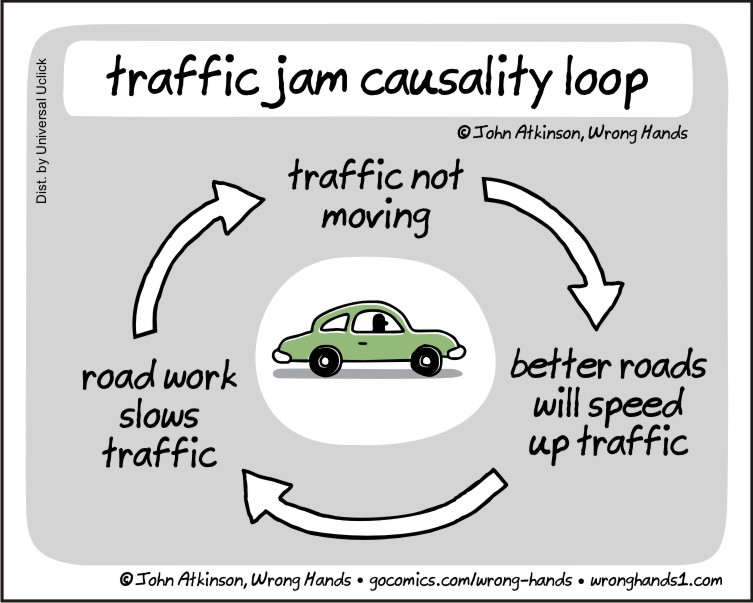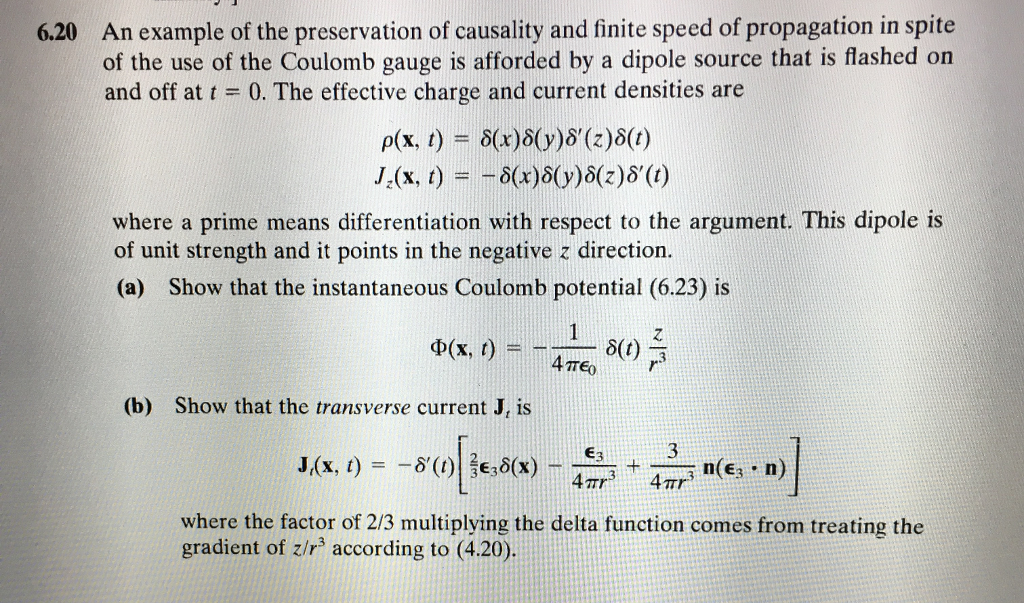

We thus can speak of the possible violation of the causality principle “in the small” its validity is, of course, preserved on the macroscopic level. Therefore, on the microscopic level the causality principle loses its direct physical meaning and becomes a formal requirement. Any event -that is, any act involving the interaction of particles-unavoidably has a finite extent in space and time. It should be noted, however, that the constraints resulting from quantum theory and the theory of relativity make the physical realization of a point event impossible. The causality principle we have been discussing up to now is accordingly also called the principle of microscopic causality. This is because in the formulation of the causality principle an event is understood to be a “point” event, which occurs at a given point in space at a given time. Its validity, however, on the subnuclear level studied by the physics of elementary particles is not obvious. The causality principle is verified without question by experiment in the macroscopic domain and by general human experience.

In the axiomatic approach, whose accomplishments include the derivation of the dispersion relations, the causality principle is assigned the constructive role of one of the principal postulates-along with the requirements of relativity theory and quantum theory. The role of the causality principle in the theory of elementary particles has grown with the development of a special axiomatic approach whose goal is to describe the interactions of particles directly on the basis of the general principles (postulates) of the theory. These relations are a unique instance of an exact dependence between directly observable quantities-the amplitude of forward elastic scattering and the total cross section-that is derived without the use of any model conceptions of elementary particles. Another important example is the dispersion relations in the theory of scattering of strongly interacting particles, or hadrons. An example is the analytic properties of the dielectric constant of a system as a function of frequency (the Kramers-Kronig dispersion relations). Moreover, the causality principle permits the general properties of quantities that describe the response of a physical system to external influences to be established. Similarly, in quantum field theory the causality principle imparts uniqueness to the results of the Feynman-diagram technique, which is an important instrument in the theoretical description of interacting fields or particles.

Thus, in the solution of Maxwell’s equations of electrodynamics, the causality principle chooses between advanced and retarded potentials in favor of the latter. In physical theory, the causality principle is used primarily to choose boundary conditions for the corresponding dynamics equations so as to ensure the uniqueness of the solution of the equations. Since the causal relationship can be realized only by a signal connecting the events, the requirement of the absence of a causal relationship leads to the famous result that motion cannot occur at a speed exceeding the speed of light in a vacuum. According to the special theory of relativity, such a situation arises when the spatial distance between events is so great and the time interval between the events is so small that the events can be connected only by a signal propagating faster than light.

According to the principle, a given event cannot influence events that have already occurred, a notion reflected in such statements as “the future does not influence the past” and “the cause event precedes the effect event in time.” The causality principle also requires the absence of any mutual influence between events for which the application of the concepts “earlier” and “later” has no meaning-an event, for example, that is earlier to one observer but appears later to another observer. In physics, a general principle establishing the permissible limits of the influence of physical events on each other.


 0 kommentar(er)
0 kommentar(er)
